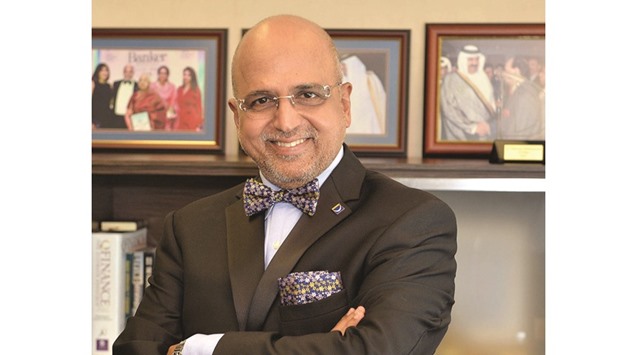Saudi Arabia’s banking sector lending growth was close to 9% in 2015. The lending for private sector had grown by close to 10% YTD and was the major contributor. Demand deposit had fallen by 1% YTD in 2015. Time and savings growth was close to 9% YTD in 2015.
Demand deposits are mostly sourced from businesses and individuals, while time and savings deposits are sourced from government entities. There was a drop witnessed in deposit growth when compared to the previous year due to liquidity pressure, owing to the fall in oil prices.
In 2016, the drop in government spending could contribute to slowdown in economic growth. IMF had recently brought down Saudi economy’s growth to 1.2% in 2016. The drop in business volumes, surge in cost of risk and slow growth of deposits could impact the banking sector. Saudi Arabia may bring measures to boost liquidity.
The UAE’s banking sector had witnessed a loan growth of more than 8% YTD in 2015 with private sector being a major contributor to growth. The UAE’s deposit growth was close to 4% YTD in 2015.
The growth in non-residents’ deposits has been much stronger than residents’ deposits, which have been affected by the sharp decline in government deposits this year.
In 2016, the lack of liquidity could result in higher rates, increase cost of funding, thereby creating pressure on net interest margin. Recently IMF revised the UAE economy’s growth to 2.6% in 2016. Sectors such as contract, real estate and small and mid-sized enterprises may be affected by domestic economic slowdown.
Till February 2016, the UAE’s bank deposits grew 2.9% year-on-year. The only surge in deposits came from non-residents that showed double-digit growth of 16.9% year-on-year. Government and public sector deposits declined in February — down 5% year-on-year. In Qatar’s banking sector, lending growth was more than 15% in 2015. Retail, real estate and contract financing were the key sectors which contributed to growth in 2015. Private sector loans grew by close to 23% in 2015. Deposit growth was more than 8% in 2015. Loan growth came in at 13.1% in 2014 and deposit growth close to 10%.
In 2016, the deposits from public sector are expected to come down. Qatari banks had widened their funding base on account of weak domestic funding. There could be challenges to lending on account of slowdown in infrastructure segment. The slowdown in lending and surge in cost of funding may impact Qatari banks.
In Oman’s banking sector, the lending growth was close to 9% in the first 11 months of 2015. However, deposit growth was close to 4%. In 2016, higher borrowing costs and rising expenses could impact Omani banks.
Most of the GCC Central Banks had responded after the first rate hike by the Fed in December 2015. Globally volatility in first quarter and monetary tightening pursued by the Fed had resulted in tightening of liquidity.
However this month the Fed lowered its plan to two more hikes this year, down from four, for a total increase of 50 basis points, citing a slowdown in China and sluggish growth in other emerging markets and the eurozone. The Bank of Japan (BOJ) maintained its commitment to raise the monetary base by ¥80tn annually and left the rate it charges commercial banks on certain reserves at 0.1%.
The ECB is expanding its monetary easing to €80bn a month from €60bn, and corporate bond issuance will now be allowed. The ECB also reduced its deposit rate from -0.3% to -0.4%.
However taking into consideration the global headwinds, central banks in advanced economies have realigned their monetary actions to improve financial stability.
The GCC central banks will also look forward to mitigating GCC economies from global headwinds and will also improve liquidity, which had fallen due to low oil prices.
Business / Eco./Bus. News
Mitigating global headwinds and improving liquidity is the need of the hour

Dr R Seetharaman is Group CEO of Doha Bank.


